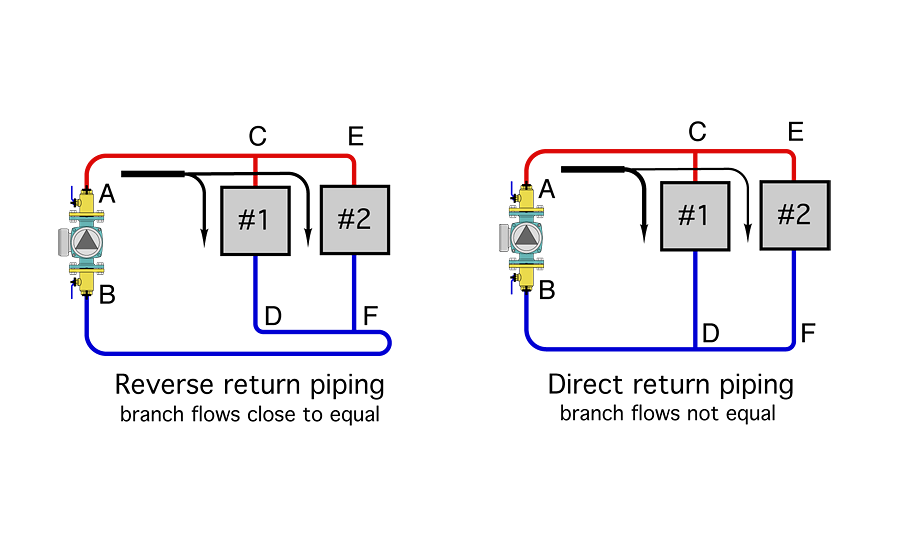so potentially the existing rads could be over sized. if the heat loss calcs only require 1/2 the heat (as an example) and the boiler is sized at 40kw instead of 55kw does this then not mean the rads although they may heat the room may not actually feel as hot as they used to?
This is where i get a bit lost... dt11 allows for 80 deg flow 69 return on the rad. setting the boiler to 80 is not going to achieve a return condensing temp of 55 deg. i get what you say about cost savings. ideally swap the rads, but i think they are staying put.
the big problem i have is I'm trying to size all the pipework to and from the LLH and cascaded boilers and distribution header and, if I'm working to the calculation of flow = kw / (4.2 x dt) to find pipe sizes it makes a dramatic difference if all the rads are dt11.
the thing I'm finding hard to grasp is (if this is right)
the rad manufacturers years ago calculated the kw output of a rad based on incoming 80 and return of 69 to give their stated kw output?
if i went and did heat loss calculations and the room needed 1kw how do we then establish the size kw output of the existing rad? simply refer to modern charts as a guide??
sorry for the q's but its a big project and it needs to go right. Ive recently been on a very informative hydronics course but it was all based on dt20
thanks
[/QUOTE
Its more than likely that your existing rads are based on the British standard of "60 deg" ie the mean rad temperature-20C, the European standard is based on "50 deg", the mean rad temp -20C, if you want a room temperature of 22c then substitute 22 for 20 or whatever. If you measure your radiator dimensions and whether single /double with/without fins and you look up standard rad outputs which now are based on 50C and multipy by a factor of 1.27, (60/50)^1.3 then you will see reasonably well what the design output of your rads were AT 60C.
so if one ran them at a delta t of 11C the flow temp would need to be 85.5C and the return 74.5C, at a delta T of 20C, flow is 90C and return 70C. European standard is 50 deg so delta T of 11C is flow 75.5c, return 64.5C, delta T of 20c is flow 80C return 60C. If, based on the 50 deg rad and you wanted a return temp of 50c then the flow temp would need to be 90C.
If you only require "1/2" output based on the 60 deg rad then you only require effectively a 35 deg rad (35/60)^1.3, based on the 50 deg standard would require a 29 deg rad (29/50)^1.3.
Every 1 kw of rad output will require a flowrate of 1.3 LPM (1*860/11/60) at a delta T of 11c and a flowrate of 0.72 LPM (1*860/20/60) at a delta T of 20C.

